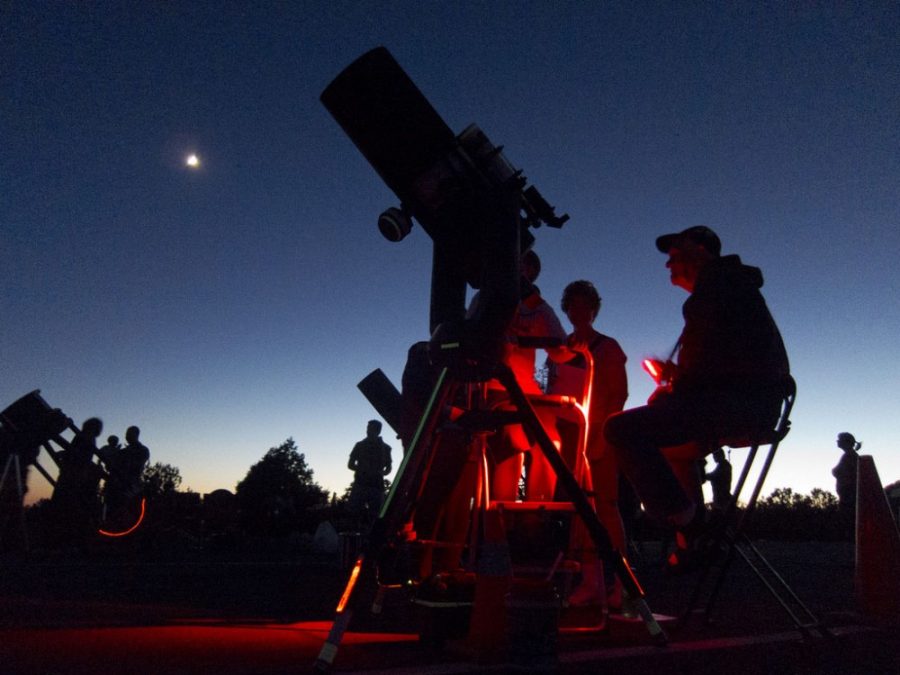While you may know that Tucson hosts the world’s largest gem and mineral show every year, did you know that the city also has a Beat Back Buffelgrass Day?
As college students, we spend most of our time cramming for tests, juggling insane work schedules and waiting in line for our caffeine fix at Starbucks.
However, it might be worth sacrificing some extra sleep, because Tucson is hosting some science-themed events in 2017 you’ll want to be awake for.
1. UA Mirror Lab Tours:

Do you want to see history in the making? The UA is in the process of casting the mirrors for the Giant Magellan Telescope (GMT), which will be the largest telescope in the world once completed.
Don McCarthy, astronomer and astronomy lecturer at the Steward Observatory, said the lab has already cast four of the seven total mirrors for the GMT telescope.
These mirrors, which measure 8.4 meters in diameter and are the largest single pieces of glass in the world, are currently undergoing stages of polishing and construction, according to McCarthy.
A tour of the mirror lab will include a brief video and talk by a Lunar and Planetary Laboratory docent, followed by a visit to the casting and polishing labs.
On any given day people might see something quite different due to the fact that mirrors are frequently moved to other areas of the lab as they advance through the construction process, according to McCarthy.
“In fact, that’s actually a reason to go more than once.” McCarthy said.
Tours began Jan. 18 and continue until April 13. Tickets range from $10-20, making the tour student-budget friendly.
The mirror lab is also closer than you think. Located underneath the football stadium, it’s within easy walking distance from anywhere on campus.
2. Tucson Gem and Mineral Show

Tucson has hosted the world’s largest gem and mineral show for the last half decade, and 2017 will be no exception. Some of the world’s most rare and precious gems and geological displays will be on exhibition in various locations throughout the city during the next four weeks.
RELATED: Five UA events to get your science fix
The first shows have already opened, and many will continue through the second week of February. Admission prices vary from free to around $20.
3. Star Party at Catalina State Park
Whether you’re an astronomy geek or just enjoy looking at the stars, this party is the perfect fit for you. On Saturday, Jan. 21, astronomers and amateurs alike will gather in Catalina State Park to appreciate the night sky together.
RELATED: Horror movies in winter: what makes us enjoy fear?
There will be 11 professional telescopes available for the public to use accompanied by skilled astronomers willing to answer any questions. Admission is included in the park entrance fee, which is $7 per four-person vehicle.
4. 10th Annual Beat Back Buffelgrass Day
If you’re looking for a way to help the environment and get a workout in at the same time, join fellow Tucsonans as they work to eradicate buffelgrass in Catalina State Park.
Buffelgrass is a non-native plant that poses a threat to other indigenous grass species in Southern Arizona. Aside from the damage it does to the ecosystem, it’s also extremely flammable, making it a serious fire hazard.
On Jan. 21, a city-wide effort to remove buffelgrass will take place. Make sure to bring water, sunscreen and a good pair of gloves.
Follow Hannah Dahl on Twitter.









